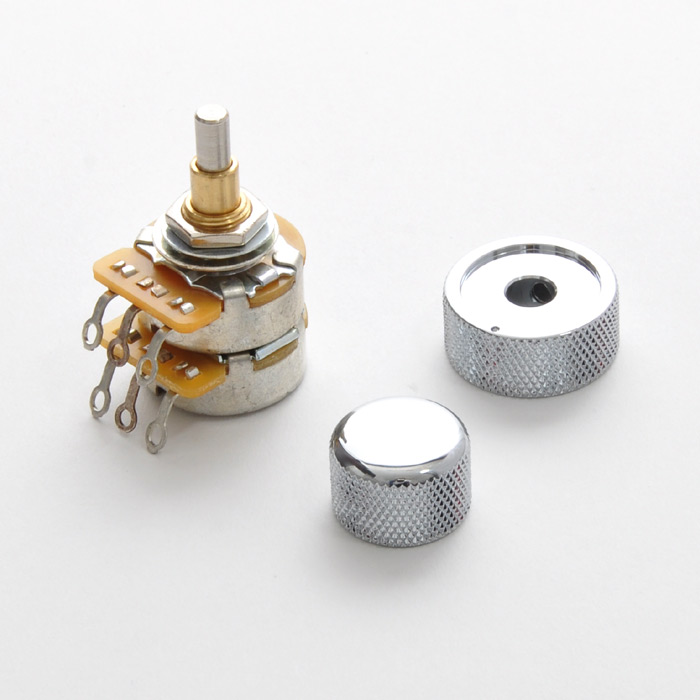Hi everyone. Long time lurker, but nothing of value to add to the conversations that I've followed over the years. Certainly not one just to say, "nice mod dood".
So I have both a 2002-3 Yamaha RBX 774 and 775 active basses with identical preamps. Aside from the issues of these being known to come from the factory with the switch miswired and non-functional, they are pretty simple from the outside. A 9v preamp that is placed post pickup selector switch, with onboard master vol/tone pots and a switch for that +3db boost. No mention of tone shaping (which I think is what the circuit may be doing) but the complexity implies there is more happening than is presented.
Yamaha even provided the PCB layout and schematic in their service manual, which is exemplary.
https://www.yamaha.com/yamahavgn/Doc...X774_775_E.pdf
My knowledge of electronics falls a little short here. What I do understand is that IC1a (let's call the left half that) is providing a negative feedback gain of -((R2+R3)/R4) or 0,46x to a little over unity? What I am stuck on is the network beyond C3 and whether IC1b is bringing that gain back up to human scale, and whether there is any tone shaping going on. This is a little above my pay grade. Obviously the part around D1 manages reverse supply conditions and supply buffering including the hanging half supply line.


So I have both a 2002-3 Yamaha RBX 774 and 775 active basses with identical preamps. Aside from the issues of these being known to come from the factory with the switch miswired and non-functional, they are pretty simple from the outside. A 9v preamp that is placed post pickup selector switch, with onboard master vol/tone pots and a switch for that +3db boost. No mention of tone shaping (which I think is what the circuit may be doing) but the complexity implies there is more happening than is presented.
Yamaha even provided the PCB layout and schematic in their service manual, which is exemplary.
https://www.yamaha.com/yamahavgn/Doc...X774_775_E.pdf
My knowledge of electronics falls a little short here. What I do understand is that IC1a (let's call the left half that) is providing a negative feedback gain of -((R2+R3)/R4) or 0,46x to a little over unity? What I am stuck on is the network beyond C3 and whether IC1b is bringing that gain back up to human scale, and whether there is any tone shaping going on. This is a little above my pay grade. Obviously the part around D1 manages reverse supply conditions and supply buffering including the hanging half supply line.


Comment